History The History of Chuo-ku
 Nihonbashi, the center of Edo
Nihonbashi, the center of Edo

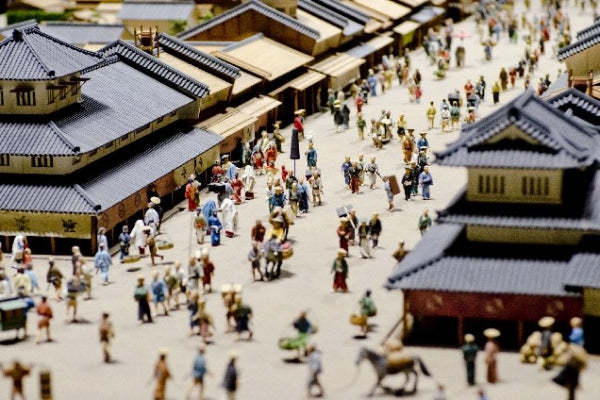
Chuo-ku is located on the east side of the Imperial Palace, adjacent to Tokyo Station.
When Ieyasu Tokugawa entered Edo in 1590 (1590), most of these cities, known as the best downtown area in Japan, were mostly reed tide beaches.
First, the Edo Castle and outer moat were maintained, and the Edo town split began with the opening of Edo shogunate in 1603. After digging the soil of Kadoyama (Surugadai), Suzaki in Toshima was reclaimed, and the entire area along the Sumida River from around Hamacho to Minami Shimbashi was completed. It seems that the townsmen such as Nihonbashi and Kyobashi were completed around 1605.
In addition, it is said that the enormous labor force involved in the creation of Oedo was provided by various daimyos throughout Japan to assist and contract.
Nihonbashi is a bridge built where Hirakawa was extended to the east and became the current Nihonbashi River, and the origin of the bridge name was described in "Ofunai Remarks" in "This bridge is the center of Edo, and the journeys of countries are determined from here. Therefore, Nihonbashi's name is Toifu ". In 1604 (1604), when the Gokaido system was established, the philosophy of the Shogunate, which tried to develop all roads starting from Nihonbashi, became the name of Nihonbashi. On the other hand, Kyobashi was built almost the same time, and this route was the starting point of the Tokaido, that is, the main street of Oedo. The balustrade of Kyobashi is decorated with jewels like Nihonbashi and Shimbashi, and has long served as the gateway to Edo.
By the way, post offices, horses, and Sukego were born with the five highway system. In Edo, which became the cornerstone of national transportation, the role of horse riding (supplying horses) was involved in the role of horse riding (supplying horses) in O Temmacho, Kodemmacho, and Minami Temmacho, Zenhachi Sakuma, Kageyu Magome, and Zenemon Komiya. Was in charge of the distribution of horse riding. In addition, a horse market was standing in Bakurocho, supplying horses for horse riding.
In addition, there were many craftsmen and merchants who served as the shogunate in Chuo-ku, and there were many places where their occupations became town names. Kinza and Ginza, Sayacho who made sword sheaths, Honishi-cho, a town of rice merchants, and Honkawayacho, Teppochou, Nagi-cho, Konnyacho, Oke-cho, Gofuku-machi, Nabe-machi, etc. were all the same people's town. In this way, the town area was expanded one after another, and the area of Motoyoshiwara was reclaimed in Genwa 3-4 (1617-18), and the east of Hatchobori was reclaimed in 1624 (1624), and by the end of the Kanei era, most of the current central area was created. Was.
When Ieyasu descended to Edo, there was a fisherman who emigrated from Settsu following Ieyasu. They were given the right to operate freely in the waters near Edo, but there were also problems with local fishermen. So they asked the Shogunate, reclaimed the triangular suzu at the mouth of the Sumida River, built the island, and emigrated. In 1644 (1644), this is the beginning of Tsukuda Island.
 Reconstruction of Edo's specialty 'Ohi Fire'
Reconstruction of Edo's specialty 'Ohi Fire'

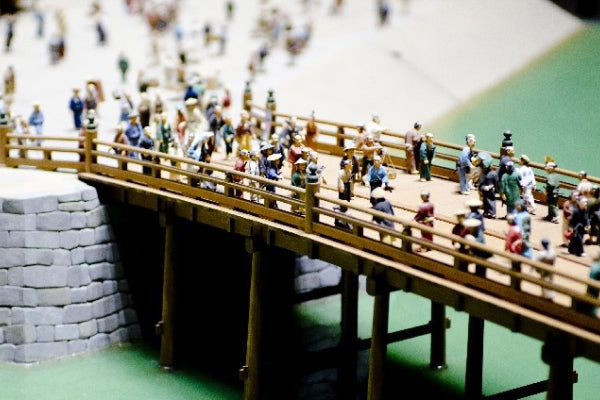
On New Year's Day 1657 (1657), a large fire from Honmyoji Temple (Bunkyo-ku) (the Great Fire of the Meiryaku era = commonly known as the Furisode Fire) burned 60% of the city of Edo and became a winter disaster. More than 107,000 people died, the central keep of Edo Castle was burned down, and the current central area has almost become a burnt field except for a part.
The Shogunate immediately started a large-scale reconstruction project, and by the Kanbun period (1661-72), the city area of Edo was completed with a new section.
It was at this time that Hirokoji was set up as a firebreak area, and the Daimyo residence moved outside the castle except for the Gosanke.
In Chuo-ku, along with Hatchobori and Reigishima, there were many samurai areas, and the Nihonbashi and Kyobashi areas spread as Machiya. In Tsukiji, the area of Kibiki-cho was created by the hands of Tsukuda fishermen, who was a follower, and Nishi Honganji Temple moved to this area, forming today's shape.
On the other hand, Yukaku Motoyoshi Hara, which was formed from the current Ningyocho to Tomizawacho, moved to Asakusa due to a great fire. The so-called Oedo Yaohachi-cho has been a long time since then, and it is now that Chuo-ku has developed as a commercial area.
 The current department store took place in Edo
The current department store took place in Edo

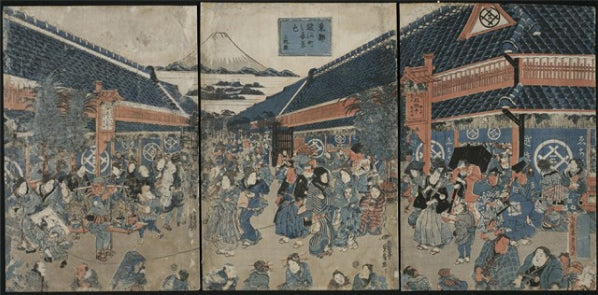
Nihonbashi is lined with one of Japan's leading deberts and long-established stores.
This prosperity was built around the Genroku era. First, in 1662, Shirakiya (Today Tokyu) opened a store in Nihonbashi, followed by Mitsui Echigoya (Mitsukoshi), which became famous for its commercial law during the Enpo era (1673-80), was opened in Honmachi 1-chome.
Daimaru opened in the Edo period.
On the other hand, there were only four cotton wholesalers in O Temmacho at first, but in 1686 (1686), 70 cotton brokers under the wholesaler were promoted to wholesalers at once, and since then, they have been very active as emerging merchants. Has become.
Around this time, shops called long-established and famous stores were born one after another.
 In the past, the wholesale district on the canal and river banks
In the past, the wholesale district on the canal and river banks

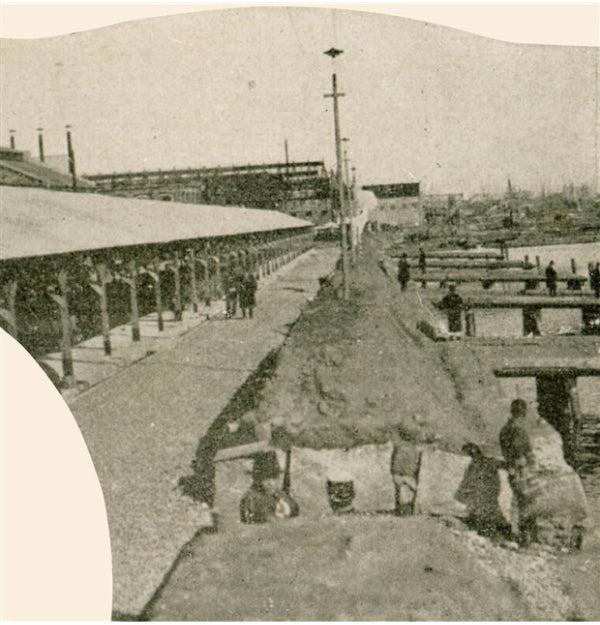
The population of Edo has been said to be 1 million or 1.1 million since the middle period, and the supply of materials that support this enormous population relied on marine and river transportation that can be transported in large quantities.
In the central area, which is a commercial area facing the sea, there are several canals and riverbanks for this purpose, especially the banks of Nihonbashi River, Kyobashi River, Sanjumabori, and Hatchobori are important routes that can be said to be the main artery of water transport. Was.
There are Shuuga Bank, the United States Bank, the Kofune Bank, and the Horidome River Bank in the boat-filled moat leading to the Nihonbashi River. As the name of the riverbank, there were wholesalers handling firewood charcoal and bamboo trees.
In addition, marine products were very busy with fish markets standing along the Nihonbashi River from Muromachi 1-chome to Kofune-cho.
As commercial activities became popular in this way, organizations began to be formed among merchants. In Nihonbashi, in 1694 (1694), 10 pairs of wholesalers from Osaka gathered to ensure common damage to cargo such as marine accidents. In 1813 (1813), it developed and changed, and became a kind of monopoly organization, a stock buddy. In the fish market, four wholesalers were created: Honmachi Funagumi, Moto Odawaragumi, Hon Funamachi Yokoshogumi, and Anharimachigumi.
 The birthplace of Edo Kabuki
The birthplace of Edo Kabuki

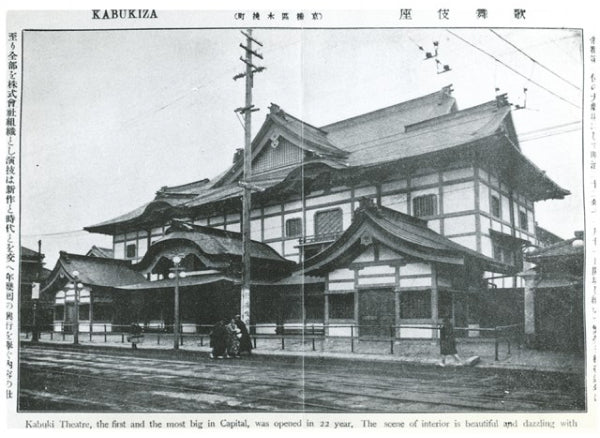
Chuo-ku is also the birthplace of Edo townspeople's culture. Edo Kabuki originated and grew in the main ward, and since the Meiji era, the main ward has created the base for becoming the center of the new drama.
Edo Kabuki began in 1624 when Kanzaburo Saruwaka of Nakamuraza raised a tower in the southern part of Nakahashi (between Nihonbashi and Kyobashi). Soon, Ichimura-za followed suit, and Morita-za and Yamamura-za were officially approved for performances.
Since Meiryaku, theater performances, including puppet ballad drama, etc., were limited to three towns: Sakaimachi, Fukiya, and Kibiki-cho, so four seats gathered here, and these three towns were the most Edo-like spirit along with the fish shore.
Superstars such as Danjuro Ichikawa, Danzo Ichikawa, Hanshiro Iwai, Kikugoro Onoe, etc., gained tremendous popularity, and during the culture and Bunsei period, Nanboku Tsuruya (the fourth generation) who left his name in "Tokaido Yotsuya Kaidan" appeared, and Rokuzaemon Kineya of Nagauta and Denzaemon Tanaka of Kabuki Hayashi came to stand in termsguardian god.
The Ejima-Ikushima Incident (1714), which caused the destruction of Yamamura-za, shows that Kabuki was already enthusiastic about not only the common people but also people of all levels.
 The center of Edo where cultural figures gather
The center of Edo where cultural figures gather

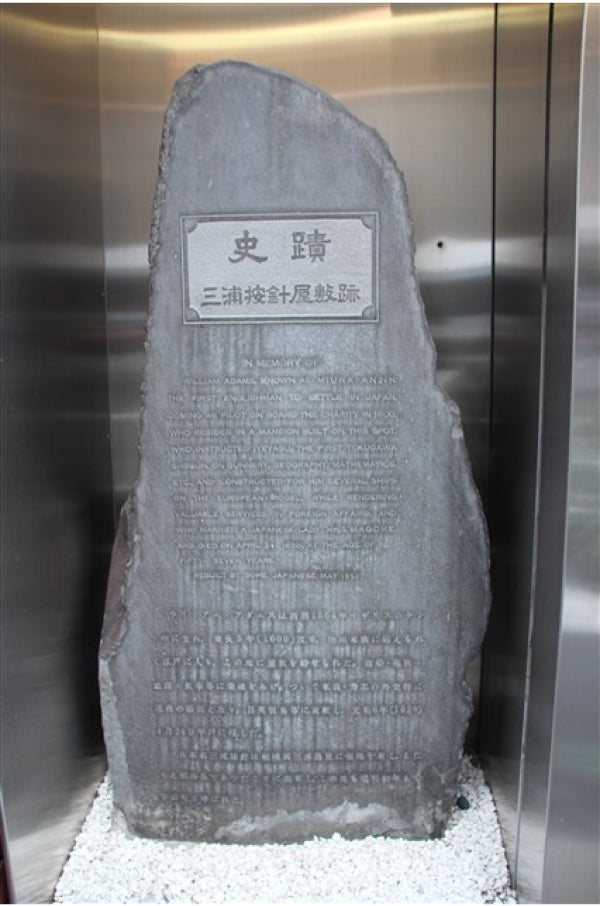
The center and central area of Oedo was a place where many cultural people lived and worked.
As early as possible, there were people who contributed to the establishment of the Shogunate system, such as Anjin Miura and Zuiken Kawamura, and in the middle and late middle period, Genpaku Sugita, Hoshu Katsuragawa, Confucian scholar Sorai Ogyu, Konnyo Aoki, Kamono Mabuchi, Atsutane Hirata, and Harumi Murata.
Many bookstores published ukiyo-e, and Nishimura Judo in Bakurocho issued Higashi Nishiki-e in multicolor printing, and it was Juzaburo Tsutaya in Tsuyu-cho who found Utamaro's talent.
Masamochi Ishikawa, born in Hatagoya in Kodemmacho, is a kyoka poet Meshimori Yadoyano, Sanpu Sugiyama is a fish merchant in Odawaracho, a medicinal booth in Honmachi 2-chome is a Shikitei Sanma store, and Kyoden Santo, a fashion book writer, is a smoking device at Ginza 1-chome.……。
People of various social status and professions have created a free culture here.
 From Edo to Tokyo City
From Edo to Tokyo City

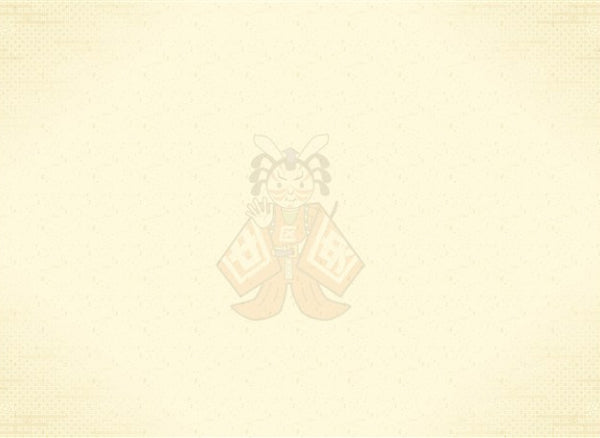
In the Meiji era, the new government accelerated the reform of the town administration along with the reform of the Central Political Organization, and in 1878, with the enforcement of the Towns and Towns and Villages Organization Act, 15 wards such as Kojimachi, Nihonbashi, Kyobashi, Shiba, Azabu were set up in Tokyo Prefecture. Was.
Nihonbashi-ku and Kyobashi-ku are established here, and the era of the second ward will continue for about 70 years until the merger as Chuo-ku.
Tokyo became independent from the Tokyo government in 1889, but this is not famous.
The governor of the prefecture also served as the mayor, there was no city hall, and there was no city official.
Nine years later, in 1898, a real self-government system was established, and for the first time, a city hall was opened in the Tokyo Prefectural Government Building at 2-chome Yurakucho, Kojimachi-ku.
 The Great Kanto Earthquake and the Great Tokyo Air Raid
The Great Kanto Earthquake and the Great Tokyo Air Raid

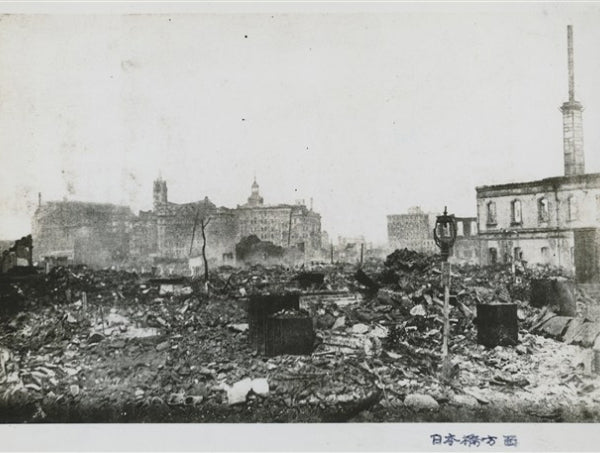
The Great Kanto Earthquake that occurred on September 1, 1923 caused severe damage throughout the capital, and even in Chuo-ku, the Nihonbashi area was completely destroyed and the Kyobashi area was burned down to 80%.
As a result, the fish shores of Nihonbashi were relocated to Tsukiji, and new roads such as Showa-dori were created through reconstruction projects. In addition, after the earthquake, department stores such as Matsuzakaya, Matsuya, and Mitsukoshi have entered Ginza all at once.
Cafes and bars were even more crowded, and the word "Ginbra" was born, and after 1930, Moga and Mobo came to be seen walking around the city in a stylish style. It was around this time that dance halls and cafes became popular.
However, this prosperity also faded as the wartime colors became darker, and in the 1945 Great Tokyo Air Raid, Tokyo became a city of rubble with concrete pieces of buildings.
 Birth and development of the new Chuo-ku
Birth and development of the new Chuo-ku

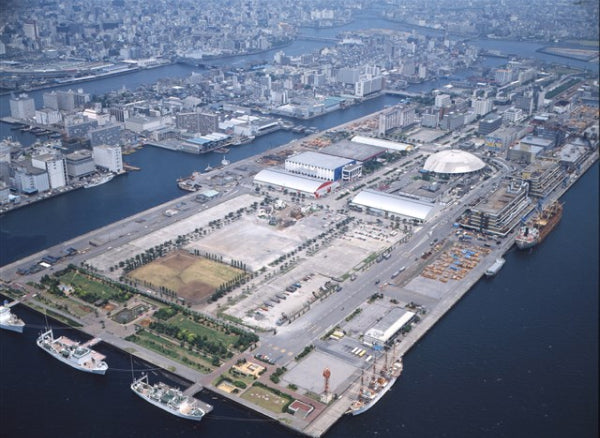
The reconstruction of Ginza and Nihonbashi proceeded at a rapid pace, and in 1947, Tokyo became a 23-ward system, and at this time, the current Chuo-ku was born together with the areas of Kyobashi Ward and Nihonbashi Ward.
The new Chuo-ku was revived as the center of Japanese economy and culture around 1951, when the Peace Treaty was signed.
In the 1930s, a building rush came, and before and after the Tokyo Olympics, rivers were reclaimed, creating a new urban landscape with highways overhead and subways at feet.
Image provided: Chuo-ku Public Relations Section (Photographed in May 1982)





